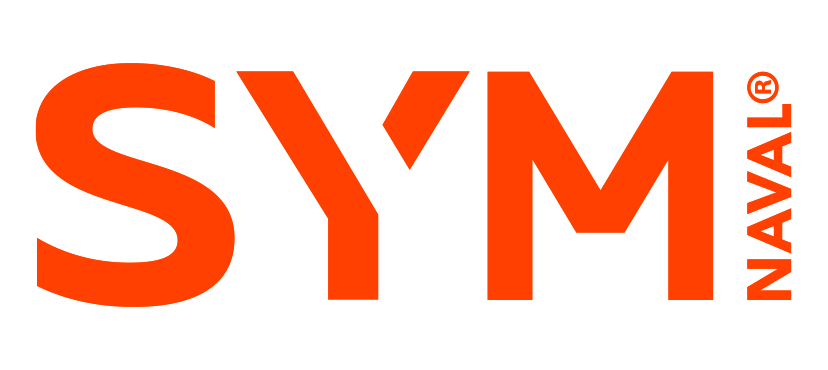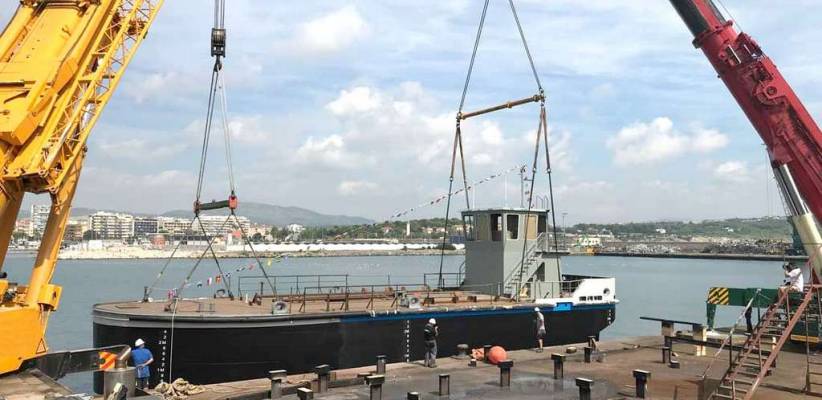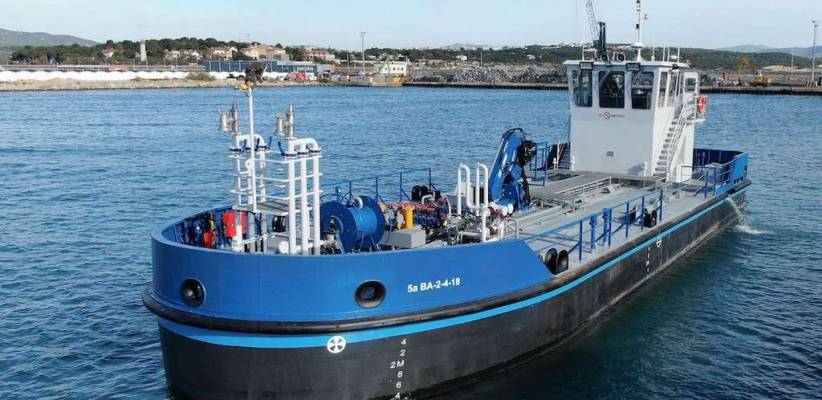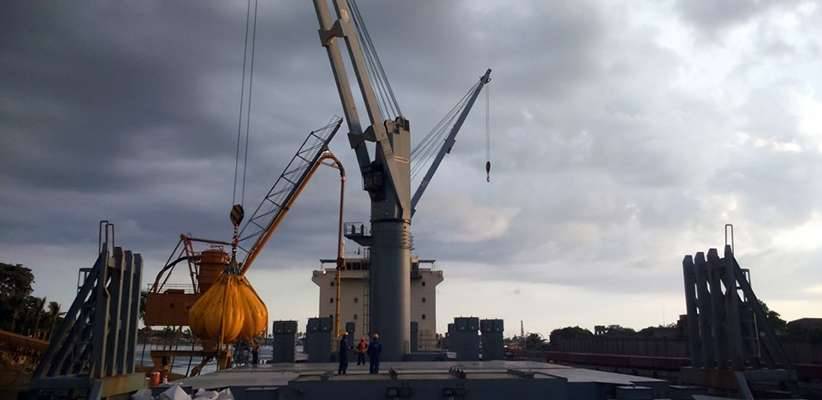New environmental requirements, such as the Ballast Water Management Convention or IMO 2020, were the main drivers of the demand for ship transformation during 2020. However, the COVID-19 crisis greatly reduced investments of shipowners and operators in their fleets, especially in the first half of the year.
Thanks to the recovery produced in the second semester, the naval transformation activity in the Spanish shipyards was only reduced by 10%. These are data from the PYMAR’s 2020 Shipbuilding Sector Activity Report.
It should be noted that about 90% of the transformation works fulfilled by Spanish shipyards in 2020 came from international, mainly European, shipowners.
Looking to the medium and long term, PYMAR predicts that new environmental requirements and the progressive ageing of the fleet will continue to drive the workload of shipyards focused on this type of activity.
In this article we are going to review the most common tasks in the ship transformation sector in 2020: installation of scrubbers, repowering and installation of ballast water treatment systems in existing ships.
Ballast water systems
COVID-19 significantly reduced the installation of ballast water systems in the first half of 2020. However, the need to comply with current regulations later reactivated demand, which returned to pre-pandemic values.
In the Spanish shipyards, the installation of these systems accounted for about 30% of the transformation work. These were generally actions on the water treatment equipment, its control and surveillance equipment, pipes, valves, pumps, etc.
Clarkson estimates that over the next 4 years, between 15,000 and 20,000 vessels will have to undergo a transformation in order to comply with the new regulations.
Scrubber installation
In recent years, one of the main focuses of activity within the naval transformation segment has been the installation of exhaust gas scrubbers. They are used to comply with the SOx emission regulations established in the guidelines of Annex VI of the MARPOL Convention.
This type of transformation is a complex and large-scale work that usually involves the reinforcement of the lower decks and the installation of new equipment and pumps, seawater intakes, electrical and power installations, as well as the harmful elements removal system itself. The cost of the equipment and its installation on board can exceed several million euros, depending on the type of solution and the power installed on board.
In recent years, Spanish shipyards have installed scrubbers mainly in passenger and cargo vessels. In 2020 they accounted for around a third of all the transformations carried out in the country
Repowering interventions
The increasingly restrictive environmental regulations are forcing shipowners to consider repowering as an alternative for their less efficient and polluting motors.
This is a complex transformation that can consist of changing the main engine or adapting it to new fuels. These transformations are usually accompanied by structural work and changes in the hydraulic and electrical systems.
In 2020 this type of work decreased in the Spanish shipyards. During 2019, around 30% of the transformations carried out consisted in repowering, while in 2020 they barely accounted for 10%.
Overall, for the shipbuilding transformation sector, forecasts point to the fact that as the date of compliance with climate objectives approaches, a rebound is to be expected in repowering interventions that admit the use of LNG, LPG, methanol, biofuels or even hydrogen as fuels.





